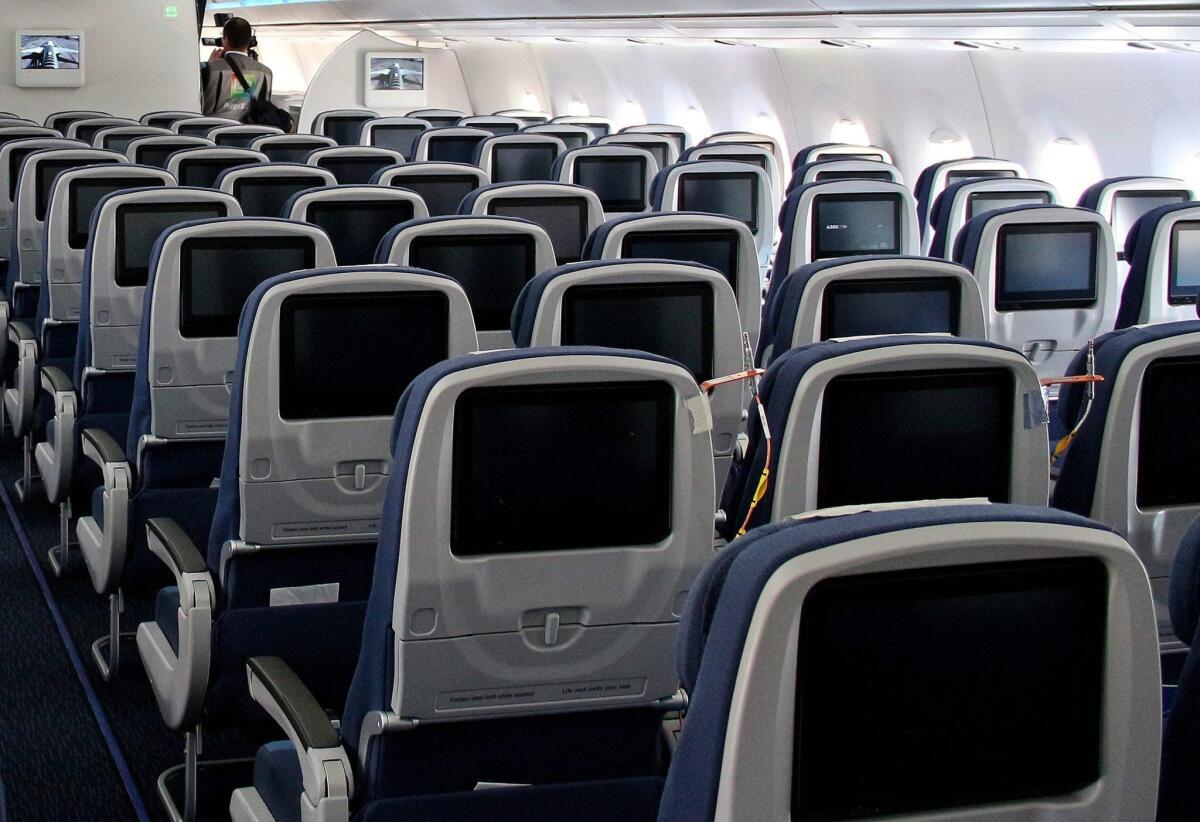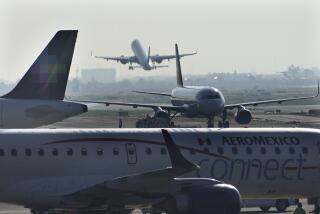The four ickiest things you never want to touch on a plane

Beware of bacteria-laden tray tables when you get on your next flight. It’s the germiest part of the aircraft.
I’m no germophobe, but I was surprised to learn the dirtiest place on an airplane wasn’t the bathroom. Travelers, it’s that tray table right in front of you that apparently carries more living bacteria per square inch than any other public part of the plane.
“Since this could provide bacteria direct transmission to your mouth, a clear takeaway from this is to eliminate any direct contact your food has with the tray table,” says Travelmath, a trip-calculating website that sent a microbiologist out to collect samples.
“It’s also advisable to bring hand sanitizer for any other dirty surface you may touch along your journey.”
Check and check.
And make sure you have enough wipes to cover these next-ickiest places: the toilet flush button followed by the seatbelt buckle (no excuse not to buckle up) and the overhead air vent.
To be fair, the sample size of this study wasn’t huge. Travelmath’s microbiologist collected samples at just five airports and on four flights. Still, it’s reason enough to keep your hands -- and maybe even the groovy sushi you brought to eat on board -- off the tray table.
The bottom line here is the same thing you’re told to do during flu season (which is coming up): Wash your hands. A lot.
One other bug-beating possibility is to grab a Trayguard, a sort of tray table placemat that’s chemical free and made from recycled plastic bottles.
The study also reports that at airports, bathroom stall locks in lavatories won the dirtiest place prize, but they generally aren’t big germ generators.
“Bathrooms were some of the cleaner surfaces tested, which may be contrary to conventional thought,” Travelmath says in its study. “Regular cleaning schedules mean these surfaces are sanitized more frequently.”
The only possible good news: None of the 26 samples collected from airports and flights contained what are called “fecal coliforms,” such as E. coli, which can make you really sick and spread to others.
ALSO:
What you can do to protect the lions, elephants and rhinos in Africa
How should airlines handle passengers sneaking vapes off an e-cigarette -- mid-flight?
A new app -- the Uber of airport food -- connects you to carry-aboard meals you might actually like
More to Read
Sign up for The Wild
We’ll help you find the best places to hike, bike and run, as well as the perfect silent spots for meditation and yoga.
You may occasionally receive promotional content from the Los Angeles Times.







